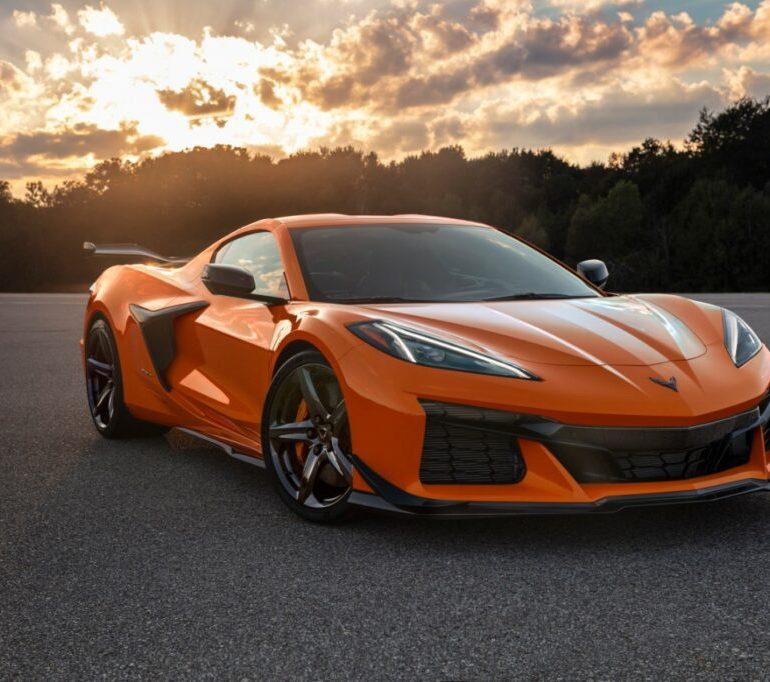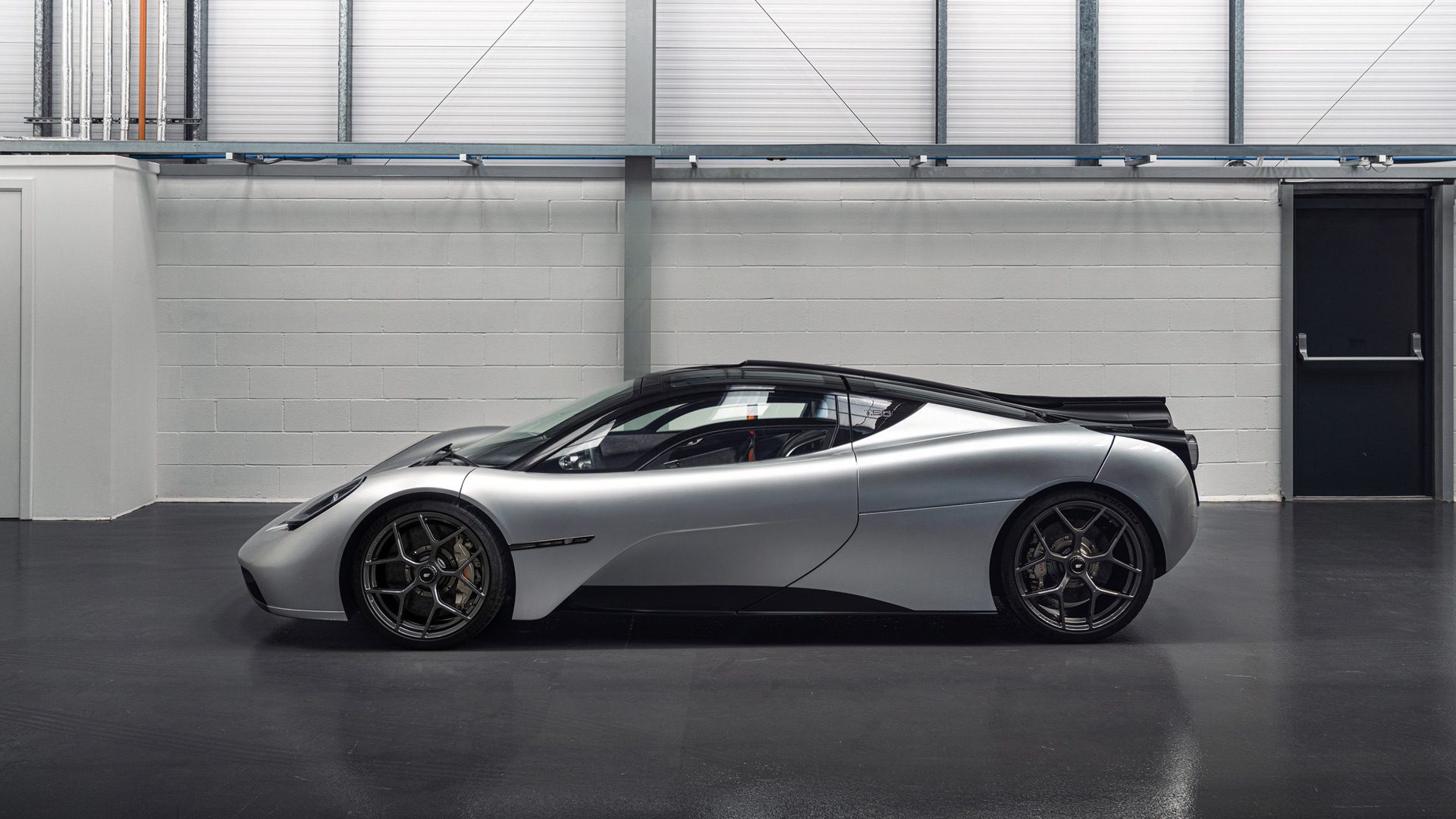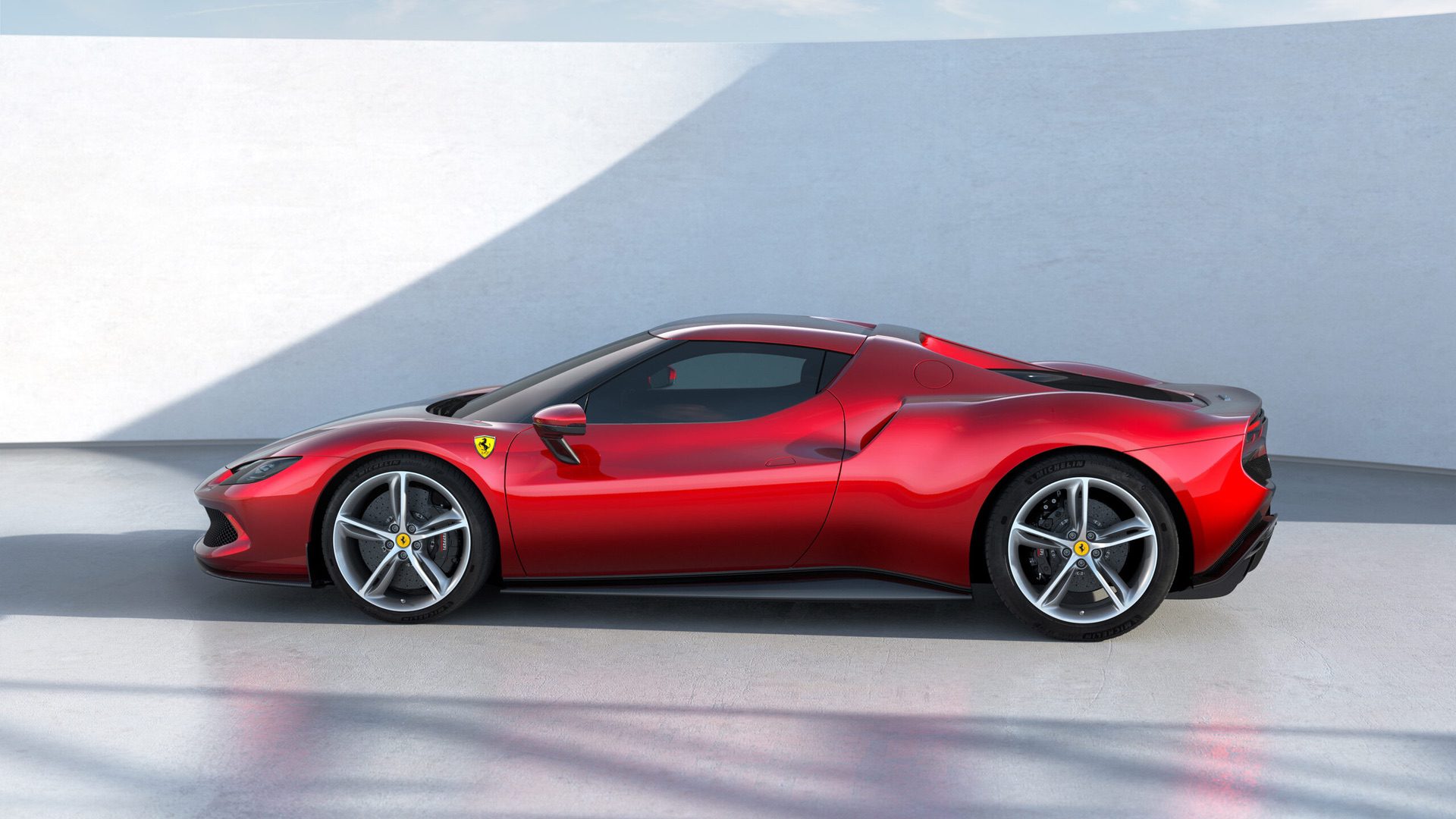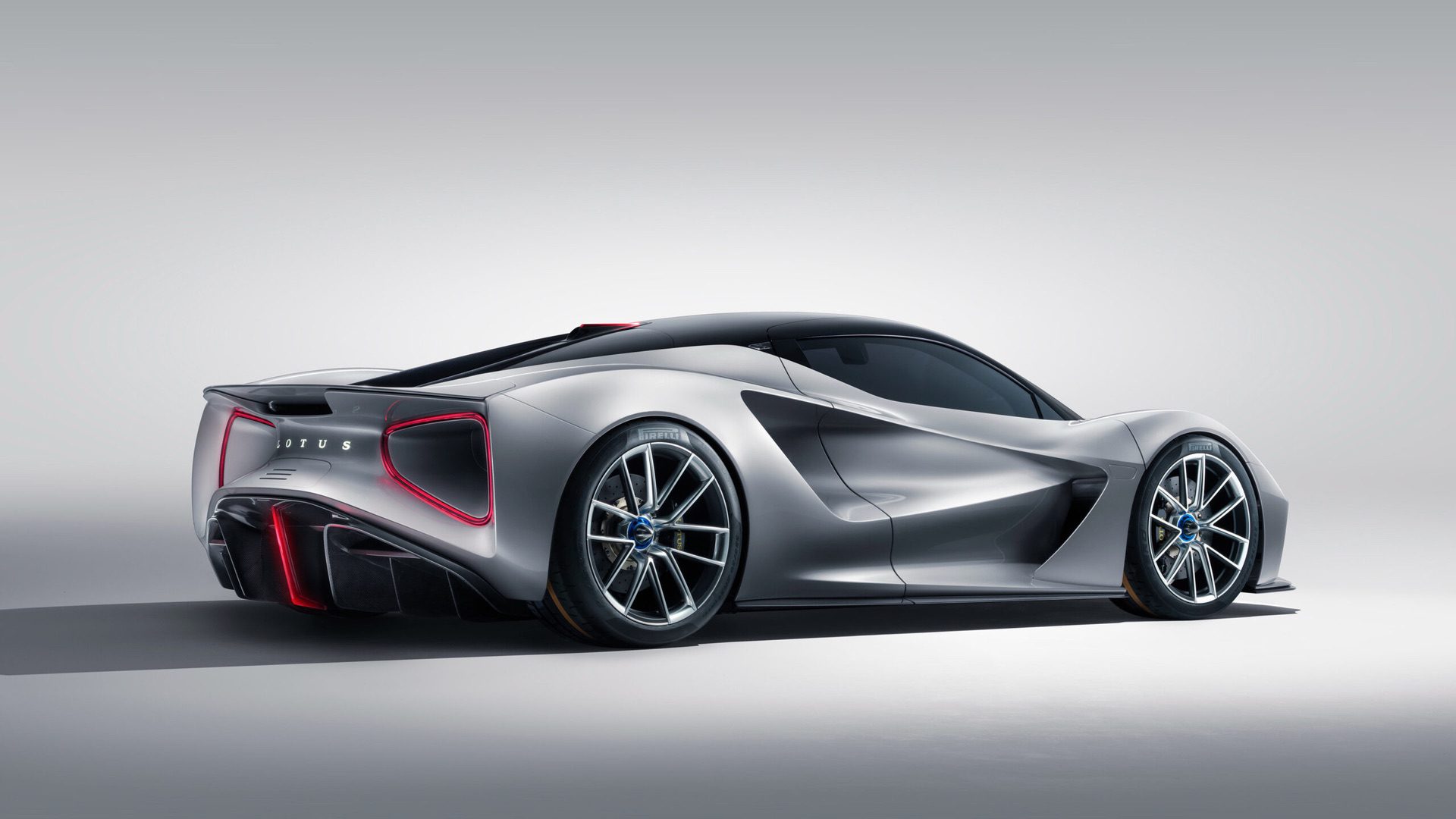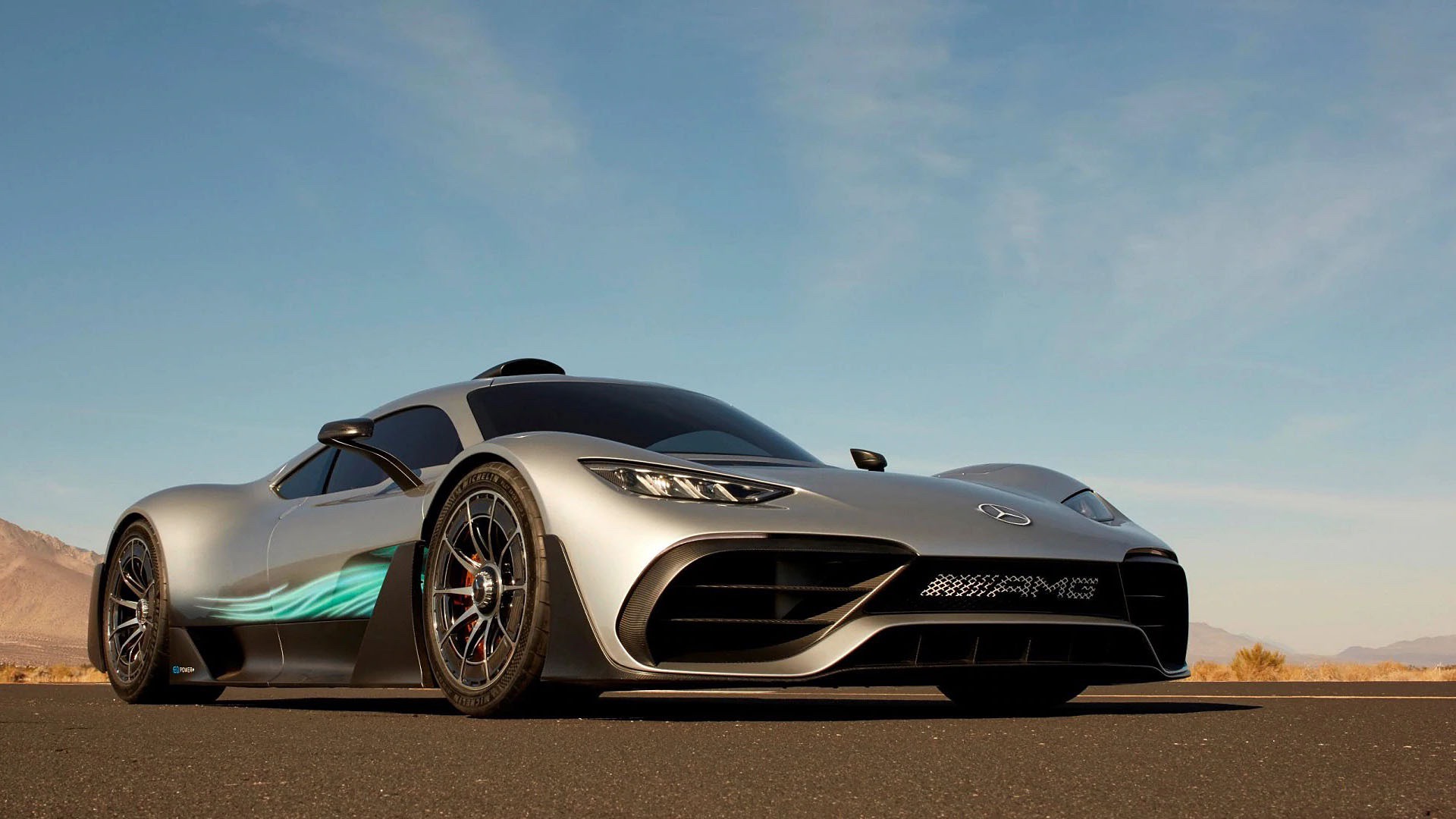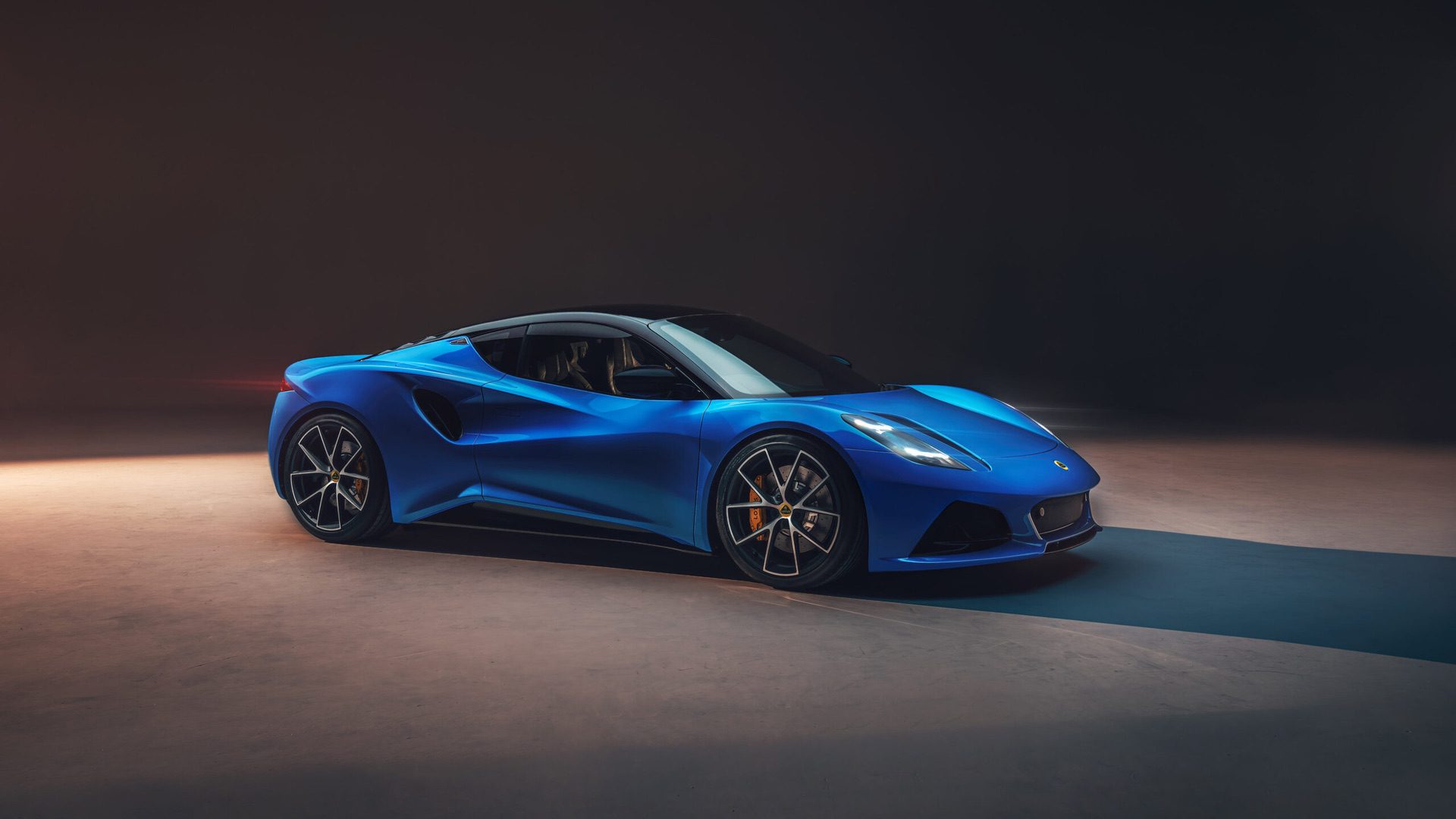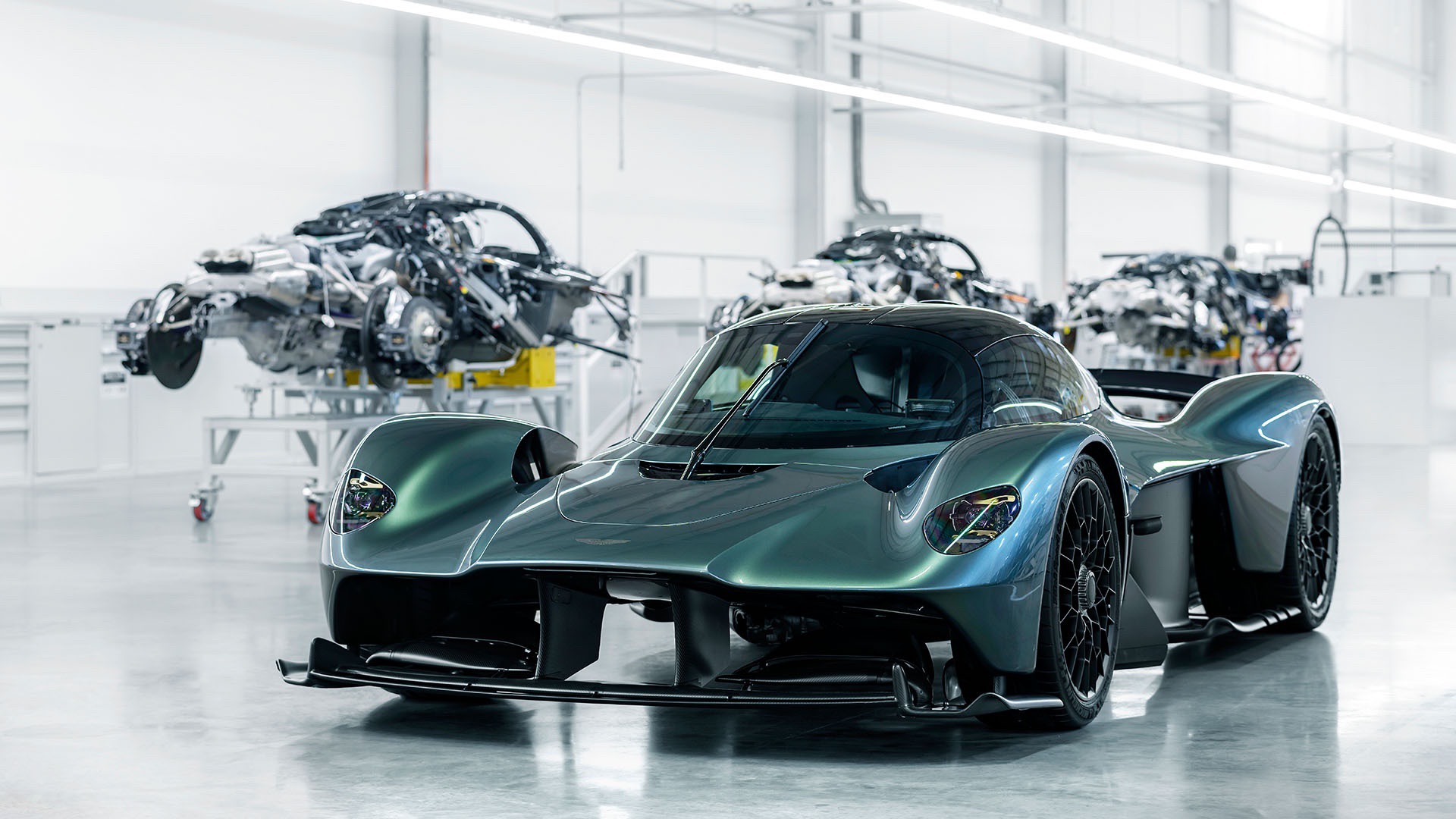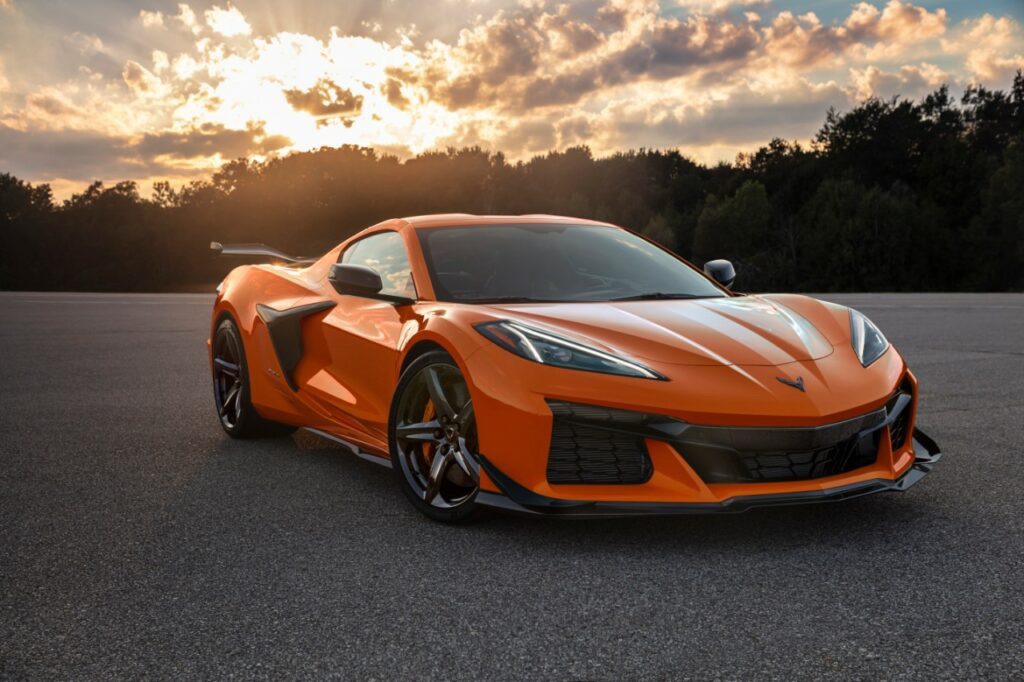2021 has been, for all intents and purposes, a fairly slow year in terms of new cars, newly announced projects, and new technologies for those cars and projects—mostly due to the global pandemic and the knock-on effect it helped cause across all industries. What that has meant, however, is that 2022 is shaping up to be one hell of a year for the sports, super, and hyper car sectors—and for those of us who are rabid fans of them.
It is with this anticipation and excitement about what this year will bring that we look forward to what we here at Supercars.net have agreed upon as the cars we are the most excited to see come out this year. Some you may look at and think “Why is that exciting?”, and we may miss some of the cars that you, our readers and community, are excited about—so keep in mind that this is just our list and our opinions.
Also, these are in no particular order!
2022 Porsche 718 GT4 RS
For the longest time, decades, half a century even, Porsche has always put top priority on the 911 model line. This makes sense, as it is their most popular, best selling, and highest tech product, which has helped usher in newer technologies and manufacturing styles that helped lead to mega-projects like the inimitable Porsche 918.
That’s why we’re excited to see that Porsche has finally, properly given their mid-market lineup a bit of the gravy, in the form of the first ever 718 (aka Cayman) model to bear the famous Rennsport letters after its name. Utilizing a 4.0L naturally aspirated flat-six engine that has been designed specifically for it, the Porsche 718 GT4 RS is set to tear into 2022 with damned near 500 HP, 331 lbs-ft of torque, and a rev limiter set to 9,000 RPM.
0 to 60 MPH should be gone in less than 3.2 seconds, and the car’s acceleration is helped by a bespoke version of the Porsche PDK transmission for the GT4 RS alone that has 7-speeds and race-car quick shifts.
The only downside in building the GT4 RS to be as powerful, fast, and exciting as it is, is that it also brings the price up to be near 911 territory, at $141,700 USD. However, it is a limited model, unlike the regular GT4, and the 718 generation is likely to be the last by Porsche to be powered entirely by petrol—so what better way to lead to the hybrid and EV era than by making one hell of a street and track monster?
2022 GMA T.50
Gordon Murray, for those that followed Formula 1 in the 1980s, is a name that was already legendary for his race car designs. He was the man behind the Brabham BT46B Fan Car, so revolutionary it was banned after winning the only race it was entered in. He also had a hand in the design and technical specifications of one of the most dominant Formula 1 cars ever made, the 1988 McLaren Honda MP4/4.
That relationship with McLaren continued, as he was then tasked with making the “ultimate supercar” as the company’s first ever road car and (either accidentally or on purpose) made what many consider to be the first ever hypercar, the McLaren F1. We flesh out these facts and his history because just a few years shy of the McLaren F1 turning 30, he felt that materials and technology had advanced enough for him to produce his magnum opus.
That car is the 2022 Gordon Murray Automotive T.50. It’s ultra-lightweight, powered by a 4.0L V12 that only the magicians at Cosworth could develop within his exacting specifications, and it uses a 48-volt electric hybrid system to power a massive aerodynamic fan mounted in the rear of the car. Numbers? 654 HP, 344 lbs-ft of torque, 986 kg (2,174 lbs), with a 6-speed xtrac H-pattern manual transmission.
All 100 build slots have been sold, each at the equivalent of $3.2 million USD, and production starts in just a few months. We can’t wait to see one of these get reviewed, because we’re expecting it to be spectacular.
2022 Ferrari 296 GTB
For most of its storied history, Ferrari has relied on two engine configurations, the awesome V12 and the jack-of-all-supercar-trades V8. There have been hybrid versions of both, with the SF90 (hybrid V8) and LaFerrari (hybrid V12) being the most prominent. A few times in their history, however, Ferrari have dabbled with V6’s, although previous models were sold under the Dino Ferrari name, not the primary Ferrari badge.
Ferrari, as many know, is also a racing team first and a supercar manufacturer second, and for the past 8 years, the Formula 1 racing has been run with hybrid, turbocharged V6 engines. It would be fairly pointless to put all those hundreds of millions of dollars of R&D into building the most optimized V6 you can without translating it over to your supercars, and that is where the 2022 Ferrari 296 GTB enters the picture.
A plug-in hybrid, the 296 GTB will be powered by a 120 degree bank angle V6, with two turbos mounted between the banks, that will chuck out just about 655 HP at 8,000 RPM. The transaxle will also contain a 123 kW (165 HP equivalent) electric motor that, like the hybrid in the LaFerrari, is permanently on and assisting the internal combustion engine.
This gives the car a total power output of 820 HP, and due to it being one of the lightest Ferrari’s ever made at 1,470 kg (3,241 lbs), preliminary tests have shown the car to clear 0 to 60 MPH in under 3 seconds.
Why does a V6 Ferrari excite us, you might ask? The answer lies in the fact that the engine is the result of Formula 1 design and engineering, distilled for road use, and promises to be an entirely new chapter for the Prancing Horse.
2022 Lotus Evija EV
We had to get to it eventually. We certainly have written more than enough about it in the past, so to hear that 2022 is the year that the Lotus Evija hypercar will start being delivered just ramps our excitement up another notch.
All we’ve had to date are official videos and press releases, and some fairly tightly controlled runs in the car by popular review shows and magazines. We have yet to get the real world view of the car.
It is almost inevitable that one owner of an Evija, when he or she gets their car, will charge it up, set all the dials to maximum, stick a GoPro somewhere in it, and then go out for a little play. We’ll be able to see the smile (or mild terror at the speed) that crosses their face, the sound the car makes when all four electric motors are howling at 500 HP each, and the way the car handles with its exceptionally slippery aerodynamics that also give it literally a ton of downforce.
It will also be the first electric hypercar that will be delivered to customers, unless it is delayed again and the Rimac Nevara beats it to market. Only time will tell, but we’re all here sitting on our hands, waiting for that first picture of a delivery—that first video of a real-world customer taking their car for a drive so we can immediately write an article about it and share it with you!
2022 Honda/Acura NSX Type S
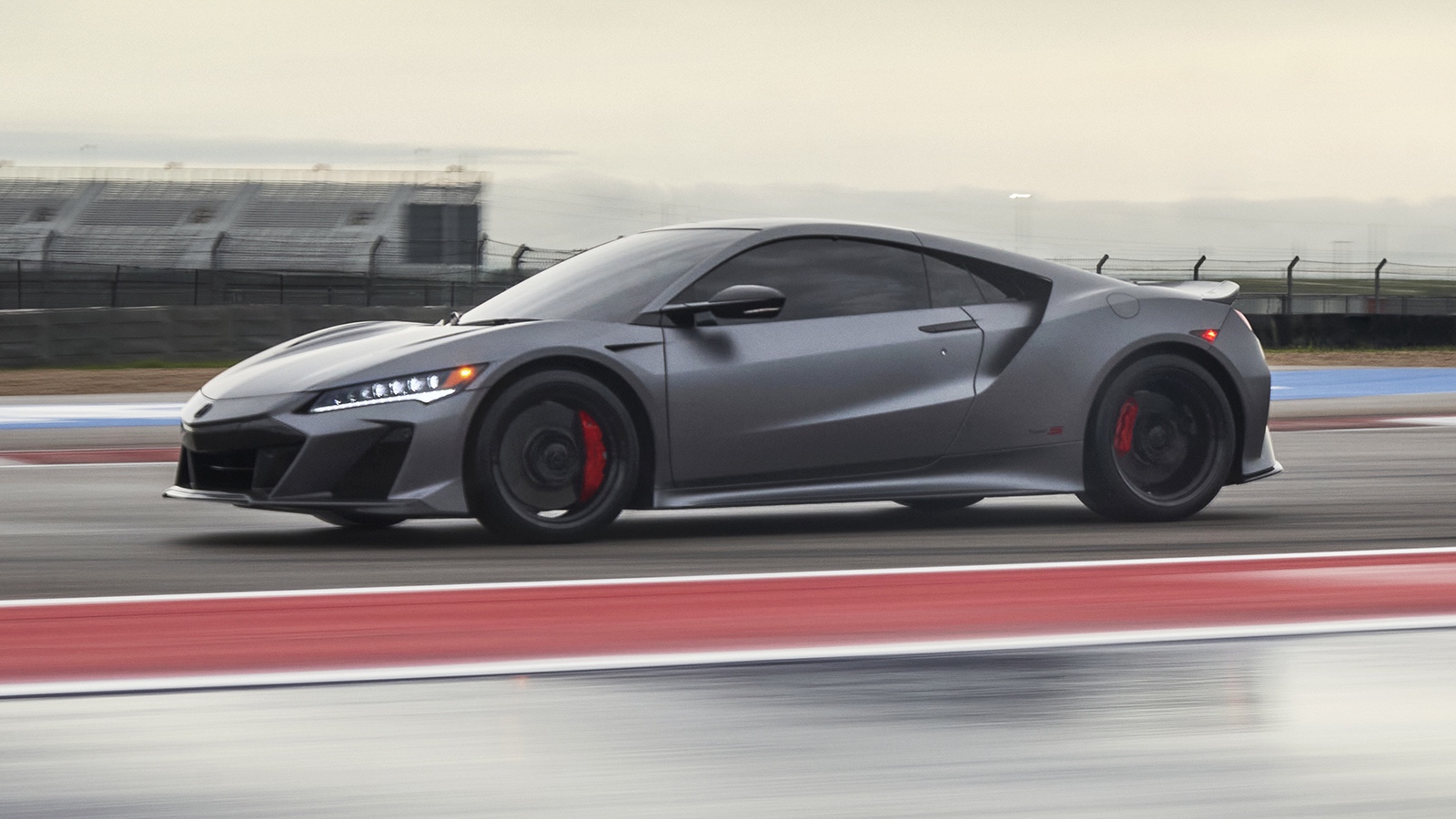
Love it or hate it, the second generation Honda NSX released in 2016 showed that after the longest time, the passion for sports cars and supercars was still there in the Japanese company. Prompted either by their plan to return to Formula 1 as an engine supplier or by the fact that Toyota was one-upping them in almost all automotive sectors, Honda came out swinging and landed a one-two combo that staggered everyone.
The NSX (which stands for New Sports eXperimental) was the hat Honda threw in the hybrid supercar ring: an all-wheel-drive, mid-engined V6 hybrid with three electric motors that produced a total 602 HP combined. It was the halo car for Honda’s revamped, angular design language that has translated across its entire model lineup.
We say “was” because the second gen NSX has stopped production except for the final 350 cars to be built. To send the car off appropriately, these 350 cars will be an uprated, more powerful model bearing the Type S badge that we are excited to see, as these will be “the ultimate version” of this model.
The biggest differences will be in the engine, with the twin turbochargers turned up a little, as well as the steering sharpened up, the 9-speed DCT gearbox being much faster, and the hybrid power coming in more aggressively. 300 of these Type S models are bound for the US, 15 to Canada, and 30 to Japan, with the remaining 5 being available worldwide. Well, they were available, seeing as all 350 have been sold, with deliveries coming in 2022.
2022 Mercedes-AMG One
This one (yes, puns!) is a car we think almost everyone has been waiting for, mostly to see if it can actually work as a road car. The idea behind the One was that it would be the first supercar or hypercar to use a Formula 1 engine, in this case the Mercedes-AMG F1 W07, modified only enough to run on “regular” fuel instead of race fuel and to keep the idle and maximum RPMs within road legal ranges.
Originally meant to hit the streets in 2019, the Mercedes-AMG One has faced serious delays after being unveiled in 2017 since using an F1 hybrid system in a road car turned out to be a much more challenging proposition than expected. This is mostly from serious reliability issues with two of the four components that comprise the hybrid system, namely the MGU-H (Motor Generator Unit – Heat) that recovers unused energy from the turbocharger, and the MGU-K (Motor Generator Unit – Kinetic) which is connected directly to the crankshaft to recover energy while braking.
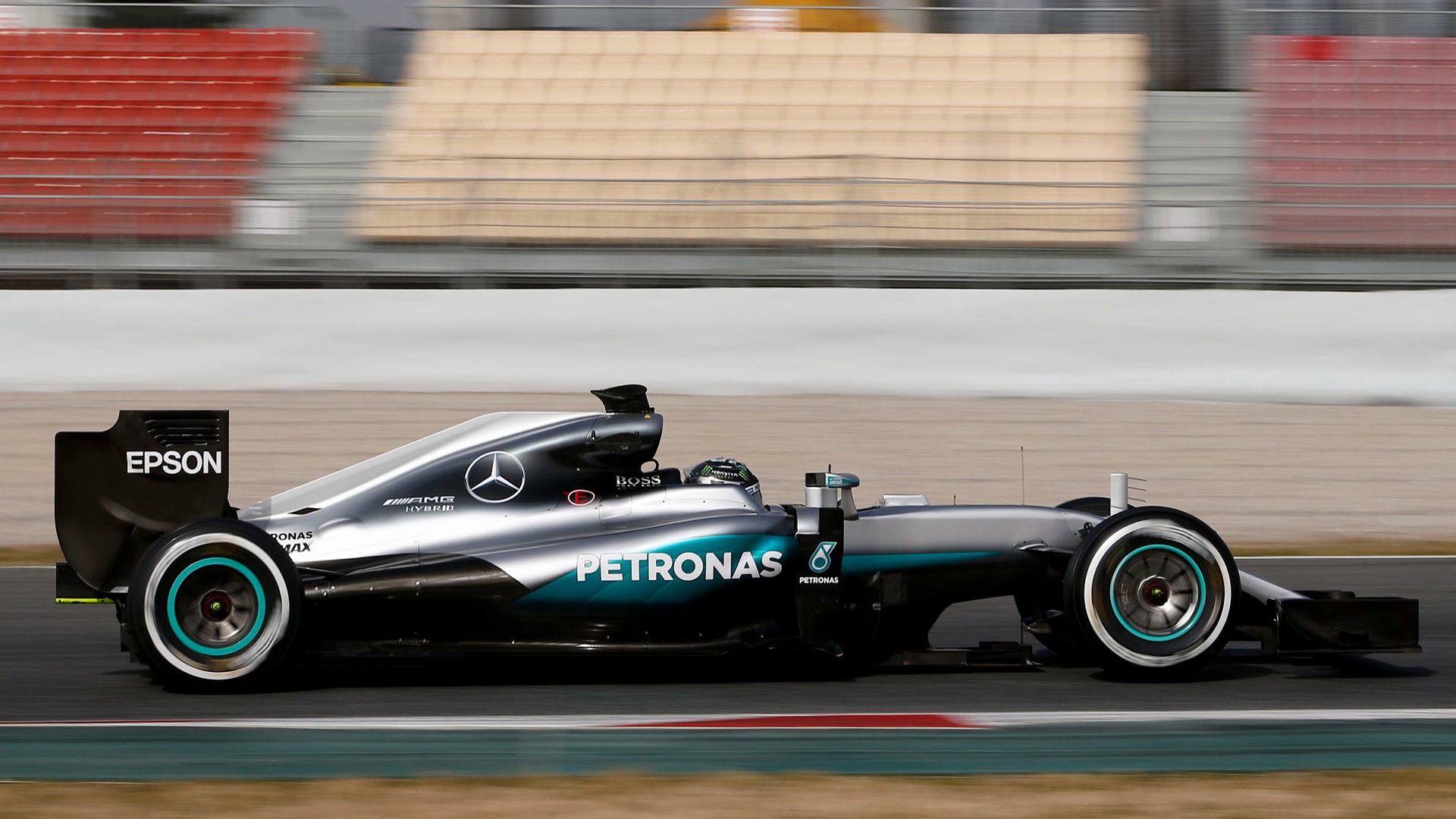
These two systems, combined with the two independent electric motors on each front wheel combine to add 600 HP to the 1.6L turbo V6’s output of 750 HP. This gives the One a final combined output of 1,150 HP (average).
Powering the rear wheels through an 8-speed single clutch semi-automatic transmission, and the front wheels via two electric motors, the car is expected to blast through 60 MPH in under 2.5 seconds, and top out at over 215 MPH.
The reason this is exciting this year is because the car has finally entered into homologation testing, the final step needed for production, with that expected to last only a few months to satisfy all the requisite authorities. AMG already has everything set up to start production within 48 hours’ notice of approval, so it’s very likely this impossible car, 5 years after it was first revealed, will finally prove it is possible to put a complex, modern Formula 1 engine in a road car.
2022 Toyota GR86
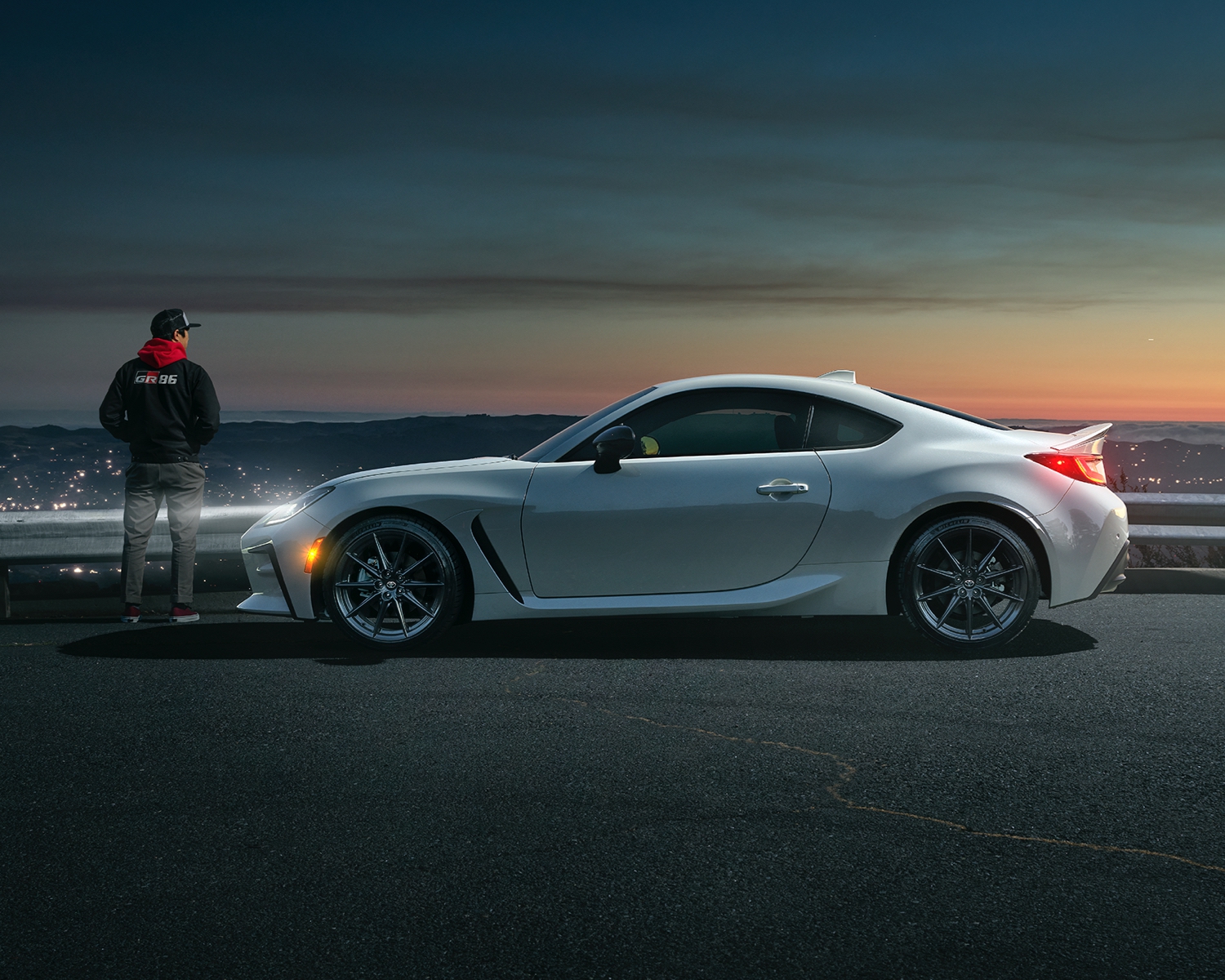
“Wait a minute,” we already hear you saying. Yes, the Toyota GR86 is not a supercar, and yes, it is related to the Toyota GT86. However, the important initials in the name of the car to pay attention to are GR. They stand for Gazoo Racing, the motorsports division of Toyota that has superseded TRD as the most important initials that can be attached to one of their sports cars.
The first GT86, which was also sold for a while as the Scion FR-S, had a great chassis, awesome handling, and with the electronic aids off you could stick the rear end sideways and hold on to some pretty ridiculous powerslides. However, the key word there is power, and the first generation 86 simply didn’t have enough, at 205 HP from the 2.0L FA20 boxer.
It also had a fairly fatal flaw in that the torque curve, well, didn’t. It curved up a little after 3,500 RPM, and then it hit the now infamous torque drop-off, where you got all the horsepower you needed, but the torque seemingly took a vacation somewhere overseas.
This has been remedied in the 2022 GR86, as the road development section of Gazoo Racing got their grubby little hands on the car and made it better. 2.0L boxer gone, 2.4L FE24D installed. 230 HP on tap, 190 lbs-ft of torque—with a curve that actually curves up.
The engine is mounted a few millimeters lower than before, with the hood, roof, and bumpers now made of a different aluminum alloy with the same strength as those of the previous car. This is specifically to shed tens of pounds of weight to move the center of gravity lower for better handling.
The chassis has also been worked on to go from great to superb as it is now 50% stiffer in torsional rigidity, and the steering has been made just a touch quicker than in the first generation (so it’s easier to wag the tail if you want to).
Already on sale in Japan, the GR86 has just started sales in North America, the UK, and Europe, with deliveries expected in the next few months.
2022 Lotus Emira
Yes, two Lotus cars in one list of exciting cars, but this one is both exciting and extremely special. It’s exciting because the 2022 Lotus Emira is the last of the petrol powered Lotuses, ever—and to send off the motivator unit powered by recycled dinosaurs, two very special engine partners have been brought in. Customers will have the choice between a 2.0L AMG M139 turbo inline four producing 360 HP, or a 3.5L Toyota 2GR-FE supercharged V6 for 400 HP.
If those engine codes sound familiar, it’s because, as with the now discontinued Evora, Exige, and Elise models, the engines are borrowed from other cars. The AMG M139 comes from the AMG A45, while the Toyota 2GR-FE (in non-supercharged form) is the engine from the Lexus ES and RX 350 models. There will also be a racing version of the Emira in GT4 global challenge racing, powered by a modified 2GR-FE.
What makes this specific car extremely special is that it is, in effect, a mini-Evija, just without the insane hypercar speed, power, or price. Aerodynamic tuning, handling geometry, interior design—all of it is influenced by its “big brother,” and if the early prototype car reviews are to be believed, it is well worthy of succeeding the names Exige, Elise, and Evora.
It is also going to be ridiculously lightweight, through the use of aluminum and some carbon fiber, tipping the scales at just 1,400 kg (approximately 3,100 lbs)—so it will very likely be every bit the track-devouring monster that the now-discontinued Exige Sport 380 was.
2022 Aston Martin Valkyrie
Technically in production now for a few months, deliveries have finally started for the long awaited first hypercar from Britain’s most famous luxury British brand, the 2022 Aston Martin Valkyrie.
What we’re excited about is finally being able to see these cars out in the wild after so many years of teasing and development, and many of the YouTube channels and major review shows like Top Gear are all hoping to snag a drive, or even just a video of one driving, to prove that they are really being delivered.
We honestly believe that seeing one in the wild will be exceedingly rare, as they cost each owner a fairly hefty $3 million USD. As well, the car, much like the Mercedes-AMG One, is more of a technical achievement halo car than a proper, comfortable, day-to-day hypercar. Using a 6.5L Cosworth V12 with an insane redline at 11,100 RPM, the car produces almost dead-on 1,000 HP at 10,500 RPM, making it the most powerful naturally-aspirated V12 to ever be fitted to a production car.
The V12 is backed up by a hybrid system that follows the idea of kinetic energy recovery into a quick-charging battery pack, allowing the driver to dial up on-demand boost through the transaxle to add another 160 HP, for 1,160 HP maximum power. This also boosts torque to an insane 664 lbs-ft (900 Nm), motivating a car that weighs just 1,030 kg (2,271 lbs). This means that the Valkyrie is one of the few hypercars to ever exist that has a greater than 1:1 power-to-weight ratio.
2022 Audi e-Tron S
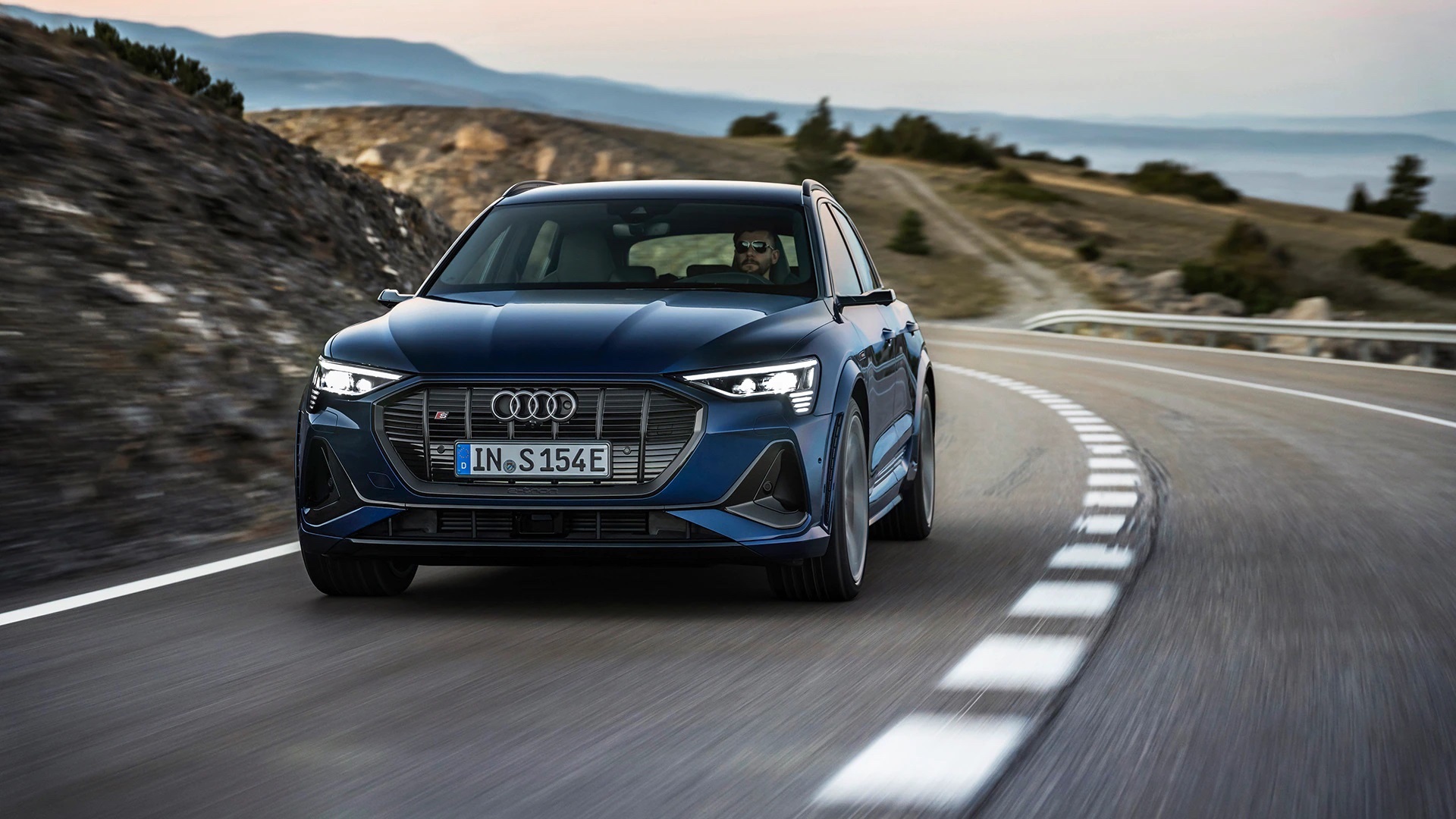
As much as some hate the idea, super-SUVs are here and here to stay. The Lamborghini Urus, Aston Martin DBX, and Porsche Macan and Cayenne in their Turbo and Turbo S guises are all gas powered examples of that idea, but there has yet to be a fully electric vehicle that was focused on being a super-SUV. The closest anyone has come is Tesla with the Model Y set to ludicrous mode, but it was not meant to run in that mode 24/7.
Audi has decided that if anyone should be the first to put out an electric super-SUV, it should be the company that is heading the unofficial “Green Promise” of turning their entire model line into EVs. The Audi e-Tron S is the vehicle they have come forth with, and being honest, it looks extremely promising.
After seeing what Audi could do with smart packaging and two electric motors in 2021 with the e-Tron GT RS, we really can’t wait to check out what they can do with three in the S. Especially considering that the German company has taken the typical thought process of how a 3-motor electric vehicle should be laid out and tossed it out the nearest window. The front axle will be powered by one big electric motor, while each rear wheel will have its own independent motor—a reversal of the standard two-front-one-rear layout.
The advantage of this layout is evident in just two words: Torque Vectoring. With the equivalent of 496 HP and an Earth-ripping 717 lbs-ft of torque from 0 RPM, we feel Audi is being a bit modest in claiming acceleration is around 4.3 seconds from 0 to 60, and it’s designed from the ground up to maintain that power level and performance 24/7.
2023 Nissan Z (400Z in Europe)
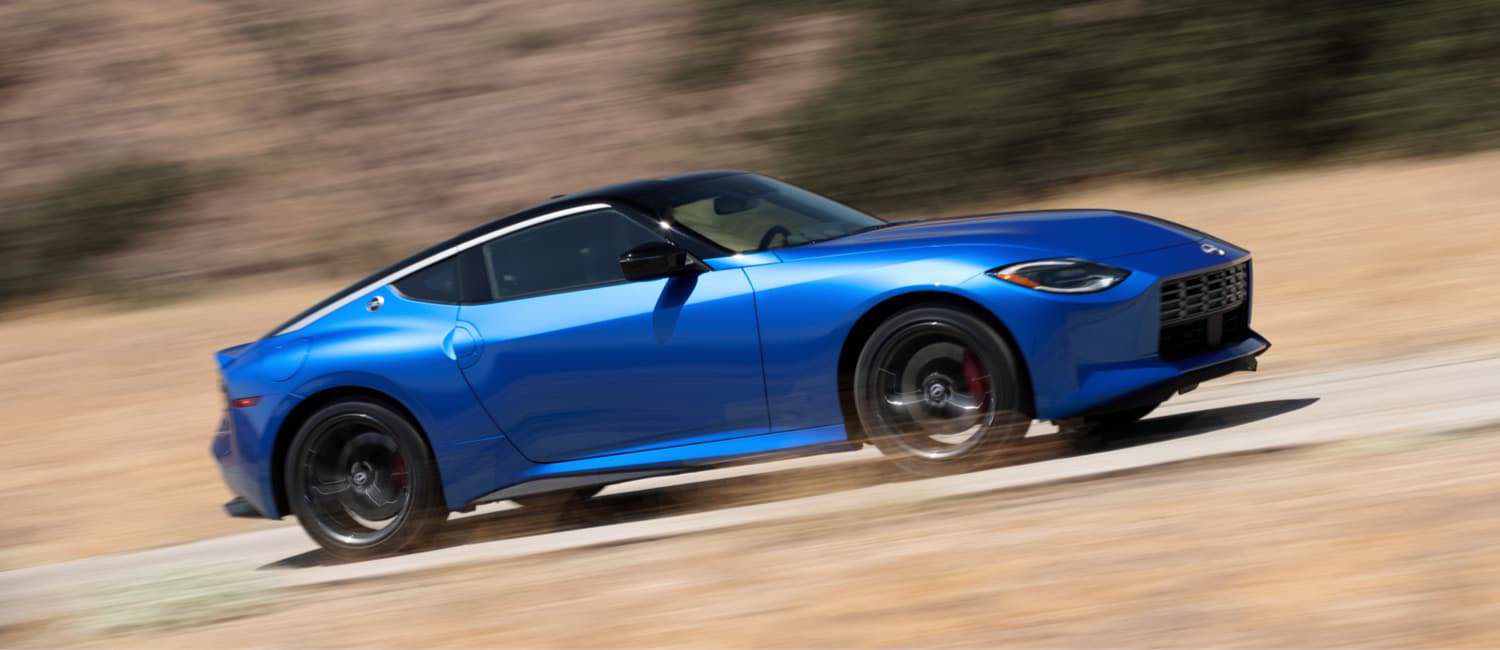
While the model year of this upcoming revival sports car from Nissan may be misleading, it will be released in the Summer of 2022 unless something catastrophic happens. We here at Supercars.net have been following this model with more interest and excitement than many other cars, because if it’s as good as Nissan has promised, it might become the ultimate affordable sports car—and much, much better than the 350Z and 370Z models that preceded it.
So what makes it so special? For those familiar with Nissan engine code structure, the sequence VR30DDTT will have you sitting up a little straighter right away. For everyone else, the breakdown of that code is VR (motorsports derived V6 engine) 30 (3.0L) D (direct Injection) DTT (direct-mount twin-turbo). In the 2022 Z, it is going to be dialed up to its full stock power, namely 400 HP and 350 lbs-ft of torque.
While Nissan’s sports car engines are legendary, this time around the car has been designed not by a committee in a boardroom with only some idea of what sports cars should feel like. This time around, Nissan SuperGT GT500 class driver Tsugio Matsuda has been part of the design team from day one. As a result, the interior is streamlined towards driver involvement, the steering is hefty and communicative, and the entire car is more aggressive than either of its predecessors.
Also, to the delight of pretty much everyone in the Supercars.net team, the standard transmission for the car is a good, old fashioned, chunky 6-speed manual with short throws and positive engagement. It also helps that on Matsuda’s insistence, they took the lines of the old Nissan 280Z of the 1970s and made them modern—giving it a sleek, neo-retro look that we think suits the engine hidden under that long, low hood perfectly.
Did we mention that it’s expected to have an MSRP of under $40,000?
2023 Chevrolet Corvette C8 Z06
You knew this was going to be here. It’s impossible to find someone not excited by the specs, the sound, the look, the pure raw speed of the upcoming Corvette C8 Z06 model. Already in pre-production, with deliveries starting in the Summer of 2022, this car has the best chance of any in the past decade of finally establishing the Corvette as a truly global supercar instead of just “America’s Sports Car”.
The biggest factor towards this is the V8 masterpiece that lies under the intricate carbon fiber intake: the new LT6 engine. Developed initially for the C8.R race car as the LT6R, the 5.5L V8 will thunder out 670 HP and 460 lbs-ft of torque, has a redline at 8,600 RPM, and, with its double overhead cams and flat plane crank, sounds like you’re face to face with a very upset banshee. The LT6 engine, as of 2022, is the world’s most powerful naturally aspirated V8, beating out monsters like AMG’s M159 from the SLS AMG Black Series.
Not happy stopping just there, the Z06 will also be lighter than the standard Corvette C8 through new materials and carbon composite, and wider wheels and tires to handle the massively increased power. There is an even harder-core version available as well in the Z07 Carbon Performance Package, which gives the car a full set of carbon fiber aerodynamic splitters, skirts, and a GT wing, and replaces the already lightweight cast aluminum-magnesium wheels with fully carbon fiber ones that weigh just over 2 lbs each without tires on.
We’re really excited about this car for two reasons. The first is that it has a real chance, as stated, of stamping the Corvette, finally, as a globally recognized supercar. The second is that Supercars.net has a sister site, Corvsport.com, and we really don’t need to do that math for you to understand!


